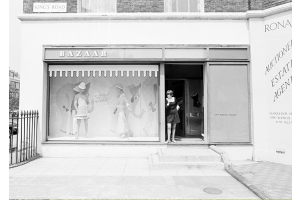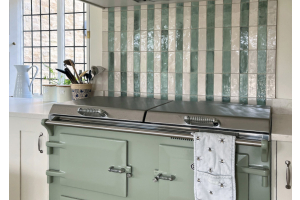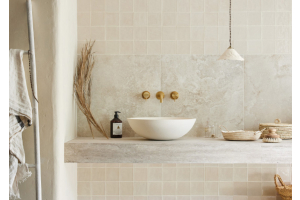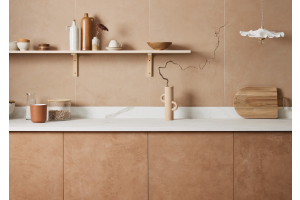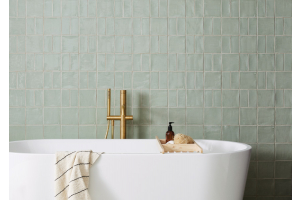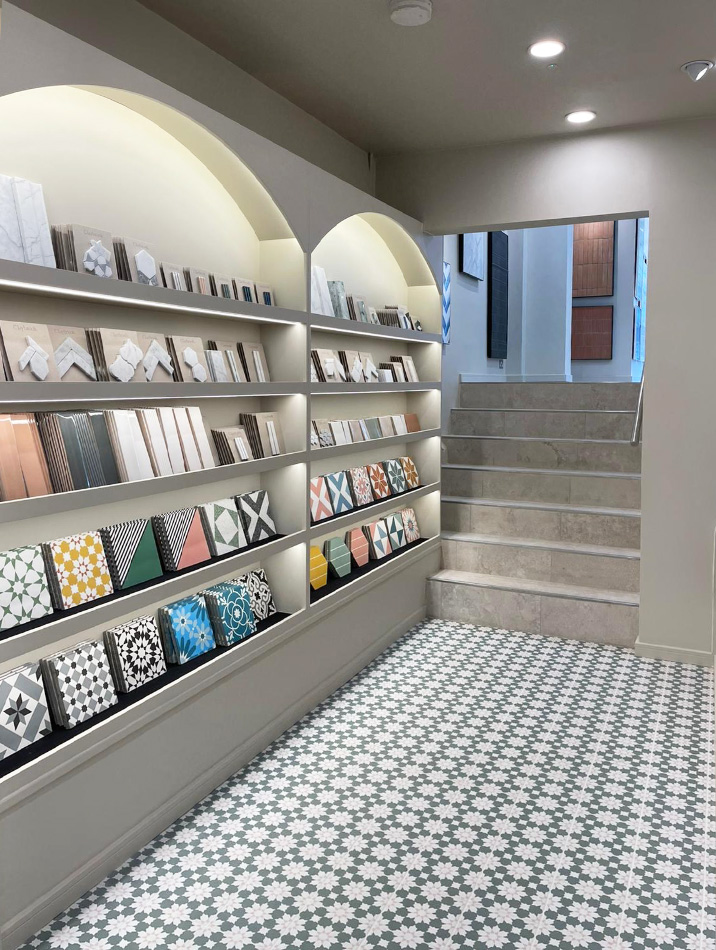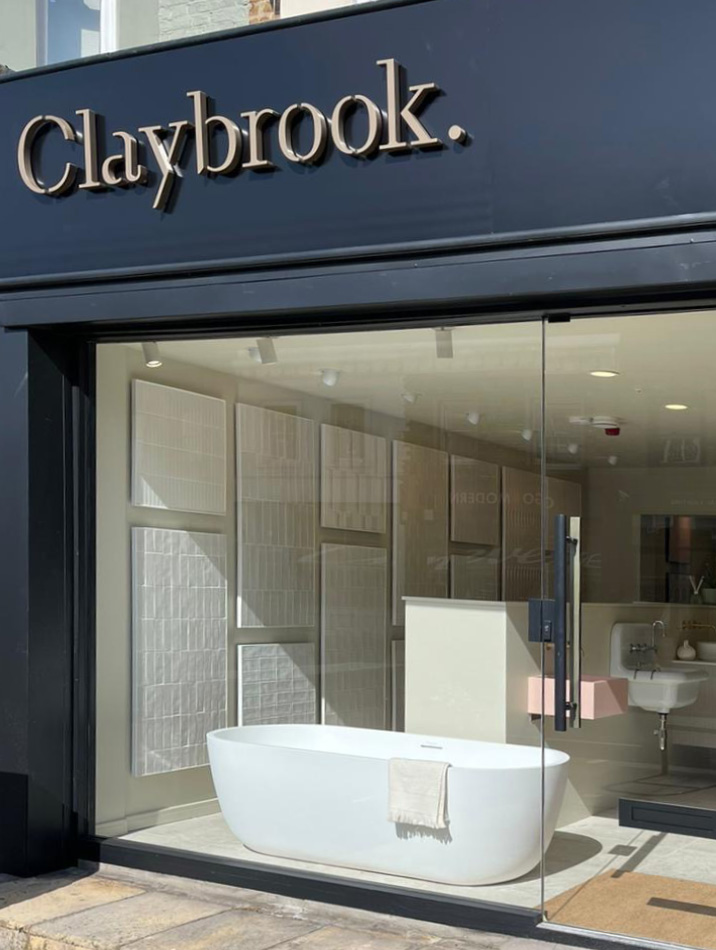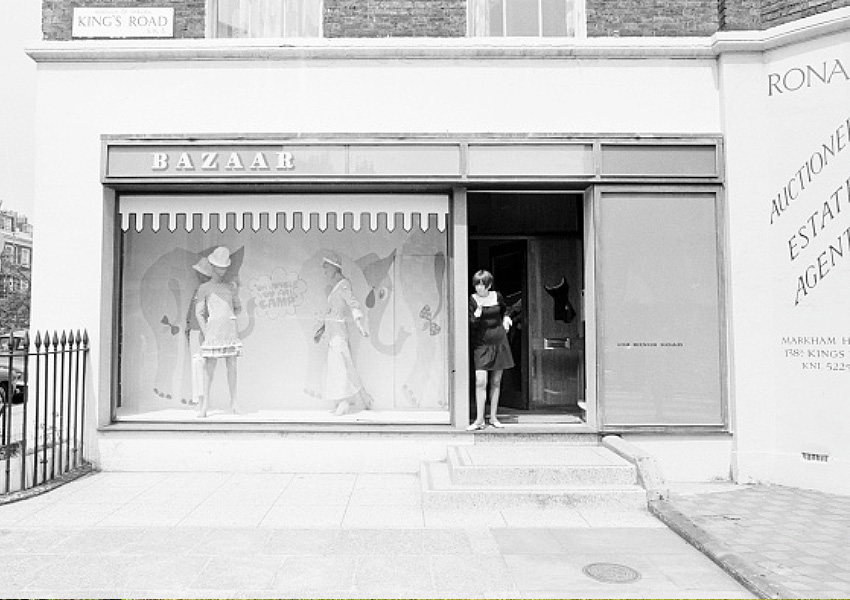
Swinging in to SW6
Claybrook Creative Director Rob Whitaker talks all things King’s Road, and why the opening of the latest Claybrook Studio at No.568 is something of a homecoming for him personally.
Firstly, the apostrophe in King’s is all important, denoting that the road was in fact the King’s private road. Leading west of London down to Kew, Charles II used the route extensively. It remained a royal road until William IV turned the route into a public thoroughfare around 1830, thus opening it up as a desired address in which to live, shop and be seen.
By the 19th century Chelsea had become the artistic centre of London, so much so that the area where King’s Road met Church Street became known as The Latin Quarter. There were hundreds of studios around Glebe Place and Tite Street, home to the likes of Irish writer Oscar Wilde and American artist James McNeill Whistler, perhaps most famous for the portrait of his mother. Manresa Road had the largest concentration of artists and sculptors, with several groups of large rambling studios linked by courtyards. A number of these artists formed Chelsea Arts Club in 1890; still going strong as a member’s institute.
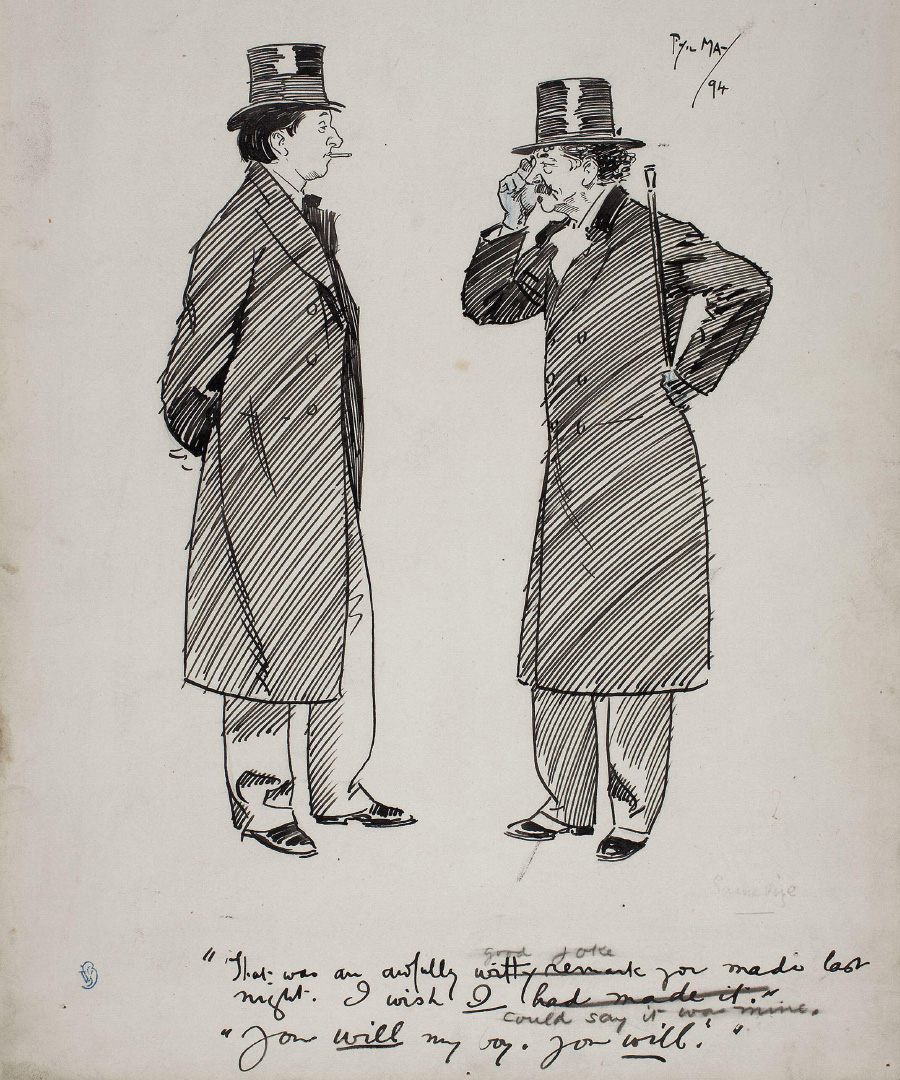
Whistler “That was an awfully witty remark you made last night. I wish I had made it”. Wilde “You will my boy, you will”
Oscar Wilde and James McNeill Whistler, 1894
Over time, King’s Road developed as a prominent destination renowned for being less stuffy than other highly regarded residential areas like Belgravia or Mayfair, with an artistic and bohemian element influencing the feel of the whole district. In the 1960’s a subculture of young Londoners, many influenced by new music like Jazz, focussed their energy on clothes, style and even Italian scooters; often referred to as Mod culture. King’s Road became one of the centres of attraction for these young people exploring their individuality and seeking to move away from the ideals of the Blitz generation. The road established itself as a two-mile long cat-walk for dandies; 150 years after the Prince Regent flamboyantly drove in his own carriage along the same route.
One such originator of fashion and flair was Mary Quant, who opened her store at 138a King’s Road, an iconic address due to her influence on style. The store, pictured at the top of this article, was pitched at young adults, but Quant's impact didn’t just come from her unique designs; in her boutique she created a special environment that included music, drinks, and long opening hours. This ethos was unique for the fashion industry; a long way from the staid department stores and inaccessible designer stores that had a hold of the fashion market at this time. She represented freedom and expression, and was one of the people credited with shrinking skirt lengths to enable female mobility, alongside political emancipation. Also, because they looked fantastic.
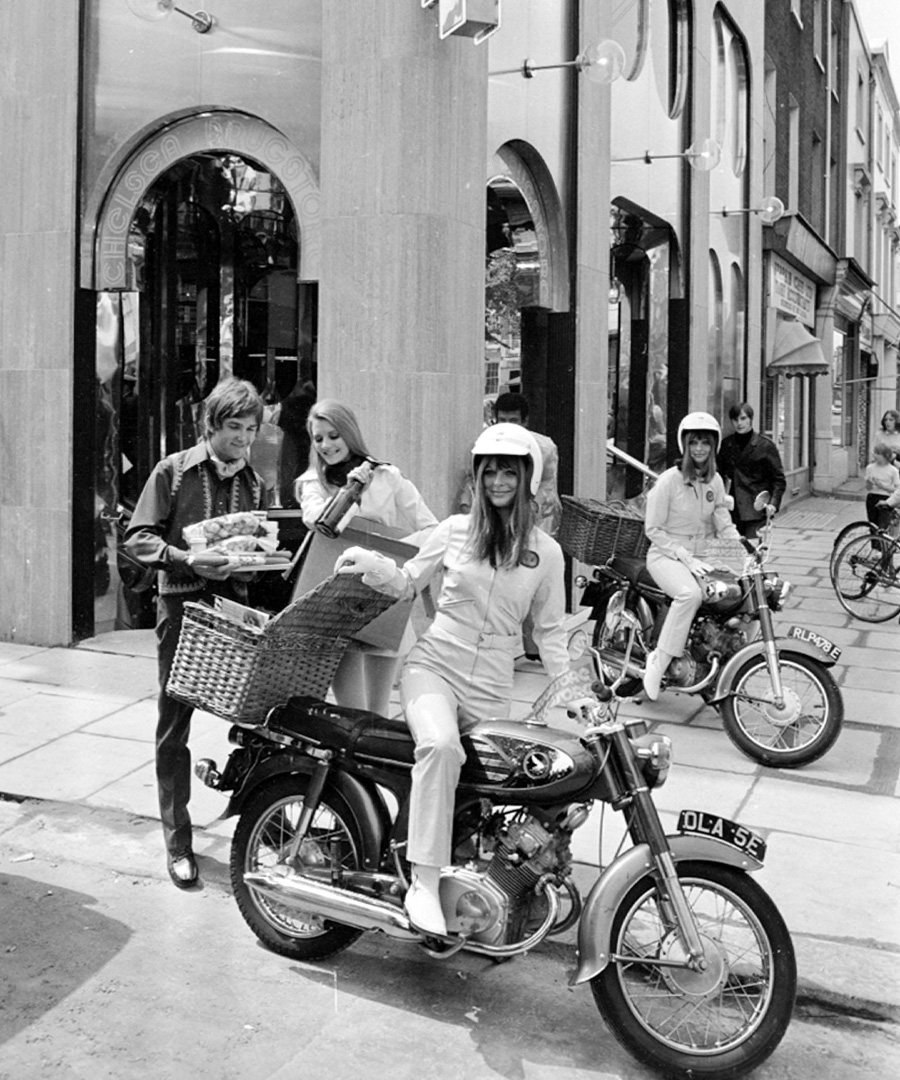
The Chelsea Drugstore delivery girls pictured loading their baskets on bikes. The store mixed record sales with fashion, alongside a pharmacy all with its unique service of home delivery.
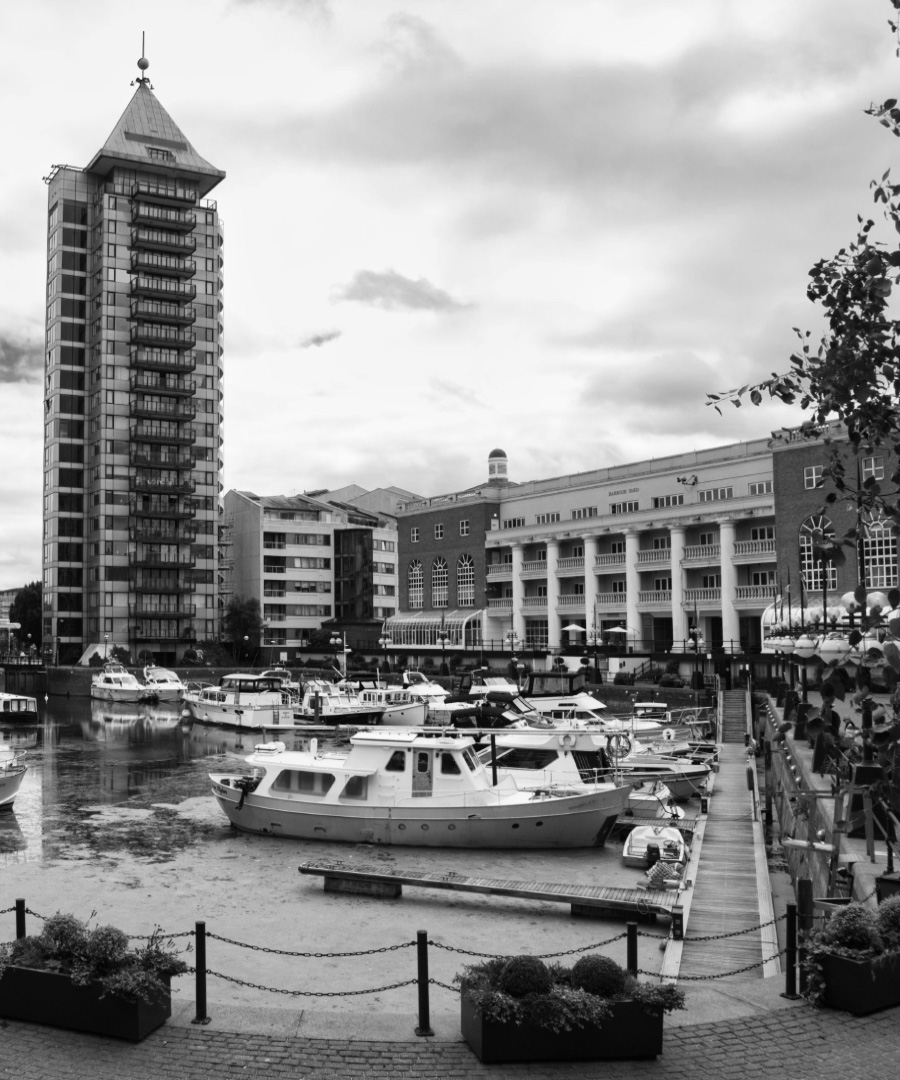
Chelsea Harbour – with Belvedere Tower constructed 1987
In more recent decades there have been further advances in the area, including the redevelopment of the docks and Chelsea Harbour in the mid 1980’s. This involved the renovation of the docks to form a marina, and the construction of residential and commercial buildings alongside the Design Centre itself. Although conceived in 1987, its only been in the last 20 years that the Centre has become London’s premier destination for design and decoration. Home to more than 130 showrooms and 600 international brands, it’s now the largest of the kind in Europe. The specialist expertise throughout often makes it the first port of call for professional designers and architects sourcing for prestigious residential and commercial projects, as well as design enthusiasts seeking inspiration for their own homes.
The newest evolution of the road is a sweet turn of events for me, as I started my career at number 138a; home of the aforementioned Mary Quant store for many years, by 1992 it had become an expensively refitted Haagen-Dazs ice-cream restaurant, opened with a ribbon-cutting flourish by 1960’s heart-throb Adam Faith. I was a fresh-faced management trainee straight out of University, and tasked with sourcing Mary Quant original fashion for a small in-store display commemorating her work. It was an exciting introduction to London, although Ice-cream quickly gave way to Interiors for me.
Roll the clock forward 30 years and this time it’s 568 King’s Road that has become our home in SW6, the third Claybrook Studio space joining our stores in Shoreditch and Oxfordshire. Formerly part of a residential townhouse, the new shop showcases our tile, paint and bathroom collections. Just a 10-minute stroll from Chelsea Harbour Design Centre, we are handily situated cheek by jowl with other interior and architectural practices.
We’re proud to be joining this long line of artists, craftsmen, makers and retailers in this most historic and storied of areas, and I know Olivia and team are excited to greet you at our new Claybrook home.
568 King's Road, London, SW6 2DY
[email protected]
020 7052 1555

